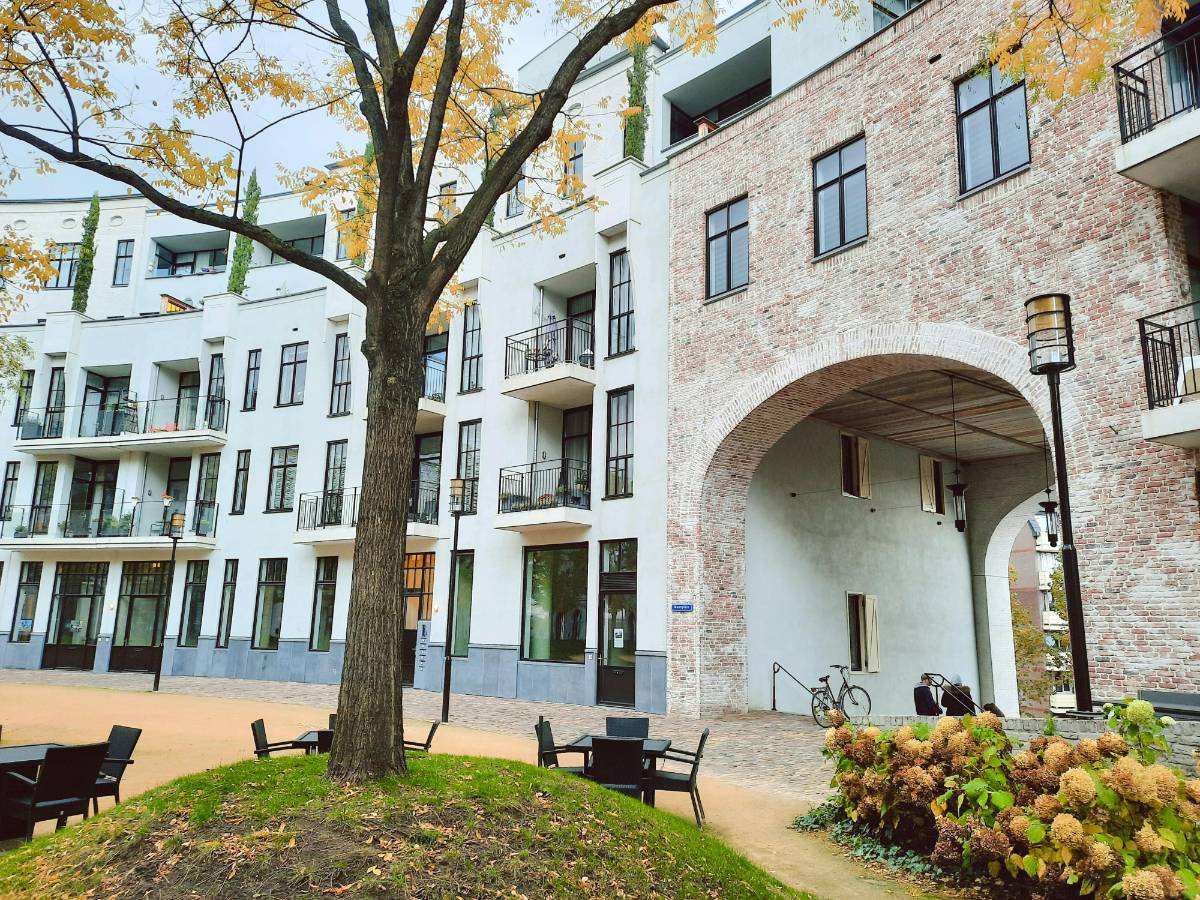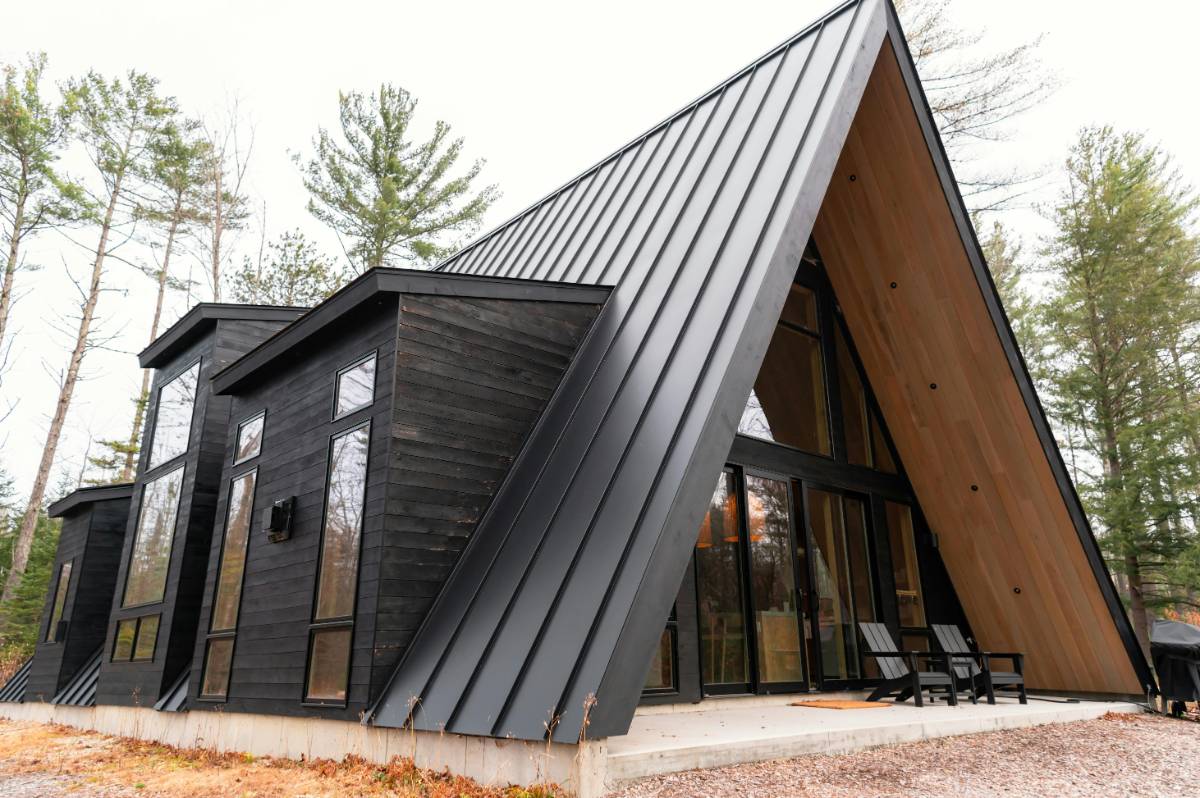
Passive Design Strategies for Sustainable Living Spaces
Sustainable living spaces are becoming increasingly popular as people look for ways to reduce their environmental impact while improving the comfort and efficiency of their homes. Passive design strategies are a key component of sustainable architecture, allowing buildings to maintain comfortable temperatures and reduce energy consumption without relying heavily on mechanical systems. In this article, we'll explore the principles of passive design and how they can be used to create sustainable living spaces.
What is Passive Design?
Passive design is a design approach that maximizes the use of natural resources, such as sunlight, wind, and thermal mass, to regulate a building's internal temperature. The goal is to minimize the need for artificial heating, cooling, and lighting systems, thereby reducing energy consumption and enhancing comfort. By utilizing the building’s orientation, materials, and insulation, passive design creates energy-efficient spaces that are comfortable year-round, regardless of external weather conditions.
Passive design strategies work in harmony with the environment, ensuring that homes are in tune with their surroundings. The approach is grounded in simple yet effective principles that help reduce reliance on energy-intensive technologies, which in turn leads to lower energy bills and a smaller carbon footprint.
Key Passive Design Strategies
Several key strategies contribute to the success of passive design. Each element plays a unique role in ensuring that a building is energy-efficient, comfortable, and environmentally friendly. These strategies include building orientation, thermal mass, insulation, natural ventilation, and the use of high-performance windows.
Building Orientation
One of the most critical aspects of passive design is the orientation of the building in relation to the sun. Proper orientation ensures that the building maximizes natural light during the day while minimizing heat loss at night. For instance, in colder climates, orienting the building to face the sun allows it to take full advantage of passive solar heating. In warmer climates, minimizing window exposure to direct sunlight on the east and west sides of the building can reduce heat gain.
Thermal Mass
Thermal mass refers to the ability of materials to absorb, store, and release heat. Materials such as concrete, brick, or stone have high thermal mass and can help regulate temperature fluctuations inside a building. During the day, these materials absorb heat, preventing the interior from overheating, and at night, they release the stored heat to maintain a comfortable temperature. This principle can be especially beneficial in areas with significant temperature differences between day and night.
Insulation
Insulation is another critical component of passive design. High-quality insulation ensures that a building retains heat during the winter and stays cool during the summer, reducing the need for heating and cooling systems. Properly insulated walls, roofs, and floors minimize heat transfer between the interior and exterior of the building, improving energy efficiency and comfort.

Natural Ventilation
Natural ventilation takes advantage of outdoor airflows to regulate indoor temperatures. By positioning windows and vents to encourage cross-ventilation, passive design can reduce the need for air conditioning. In warmer climates, natural ventilation can provide significant cooling, allowing for fresh air circulation without relying on mechanical systems. The strategic placement of windows can also allow for natural airflow, preventing the buildup of indoor pollutants and maintaining good air quality.
High-Performance Windows
Windows play a crucial role in passive design, as they allow for natural light and ventilation. However, poorly designed windows can lead to significant heat loss or gain. High-performance windows, which feature double or triple glazing, low-emissivity coatings, and insulated frames, can dramatically improve energy efficiency by reducing heat transfer. These windows help keep indoor temperatures stable, reducing the need for artificial heating and cooling systems.
Benefits of Passive Design
Incorporating passive design strategies into a home provides numerous benefits, both for the environment and the occupants. These benefits include energy savings, improved comfort, lower environmental impact, and increased property value.
Energy Savings
One of the primary benefits of passive design is the reduction in energy consumption. By maximizing natural resources and reducing the need for artificial heating, cooling, and lighting, passive design can significantly lower energy bills. Homes that are designed with passive strategies typically consume up to 70% less energy than conventional homes.
Improved Comfort
Passive design creates a more comfortable living environment by maintaining consistent indoor temperatures throughout the year. With the help of thermal mass, insulation, and natural ventilation, passive design ensures that homes stay cool in the summer and warm in the winter, providing a higher level of comfort without the need for energy-intensive systems.
Lower Environmental Impact
By reducing energy consumption and reliance on non-renewable energy sources, passive design helps minimize a home's carbon footprint. Homes designed with passive strategies use fewer resources and emit fewer greenhouse gases, making them an environmentally responsible choice.
Increased Property Value
Homes built with passive design strategies often have higher resale value due to their energy efficiency and sustainability features. With growing interest in green building practices, potential buyers are increasingly looking for homes that offer long-term cost savings and environmental benefits.
Incorporating Passive Design in Existing Homes
While passive design is most effective when integrated into new construction, it is also possible to retrofit existing homes to improve their energy efficiency. Simple upgrades, such as adding insulation, replacing windows with high-performance models, or improving natural ventilation, can have a significant impact on a home's energy performance.
For homeowners looking to implement passive design strategies, start with an energy audit to identify areas for improvement. Consider upgrading insulation, sealing air leaks, and replacing inefficient windows to reduce heat loss and improve comfort. Additionally, consider installing shading devices or planting trees to reduce direct sunlight on windows during the summer months.
Conclusion
Passive design strategies are an essential component of creating sustainable living spaces. By focusing on the use of natural resources, such as sunlight, wind, and thermal mass, passive design minimizes energy consumption while improving comfort and reducing environmental impact. Whether in new construction or retrofitting existing homes, passive design principles provide an effective and ethical approach to building homes that are both energy-efficient and environmentally responsible.
Incorporating passive design into your home not only contributes to a more sustainable future but also enhances your quality of life by creating comfortable, efficient, and eco-friendly spaces. As the world continues to embrace green building practices, passive design will play a critical role in shaping the homes of tomorrow.



